Cardiovascular System Cardiovascular System Two divisions Cardiovascular System












































































































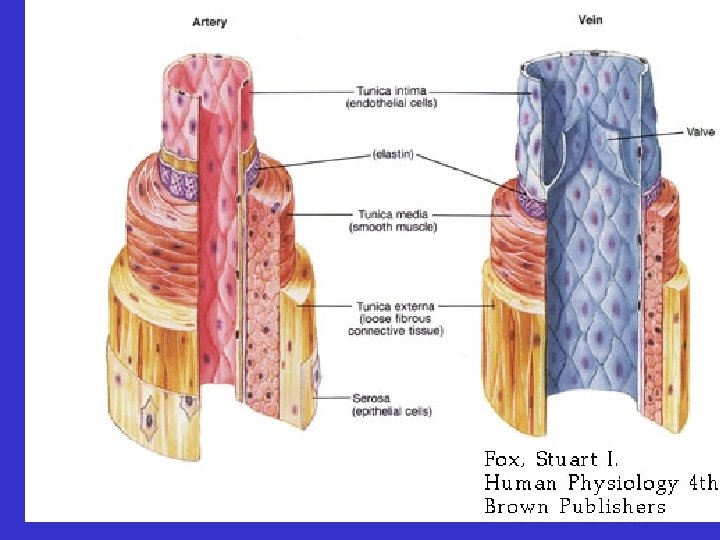
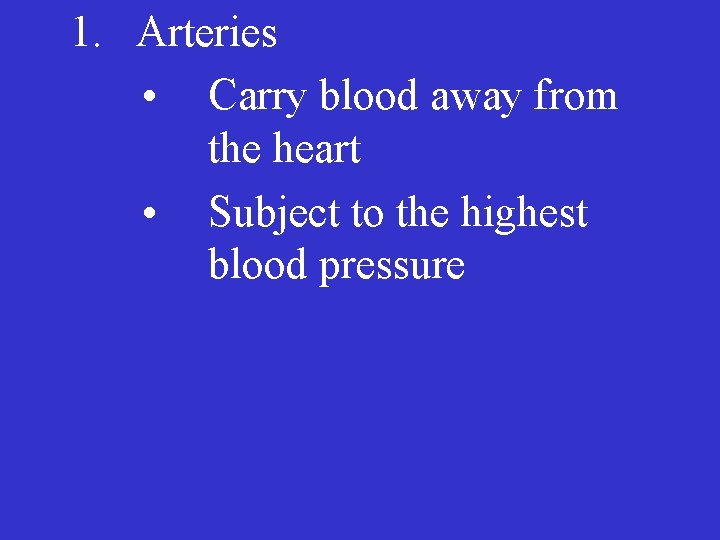

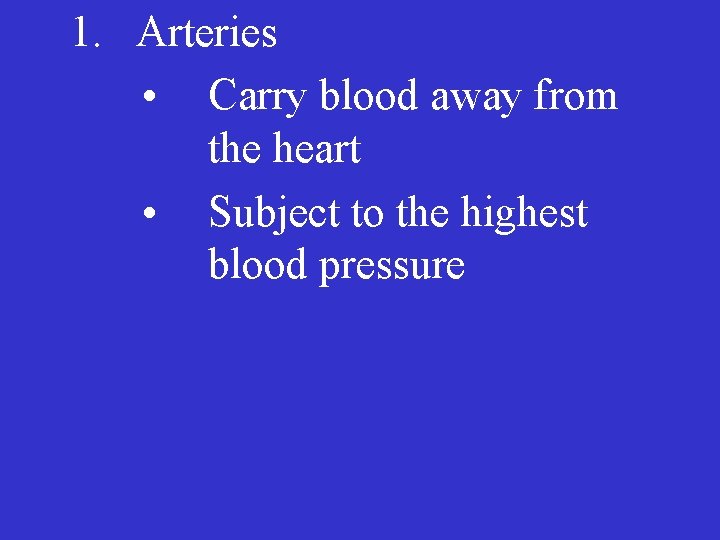

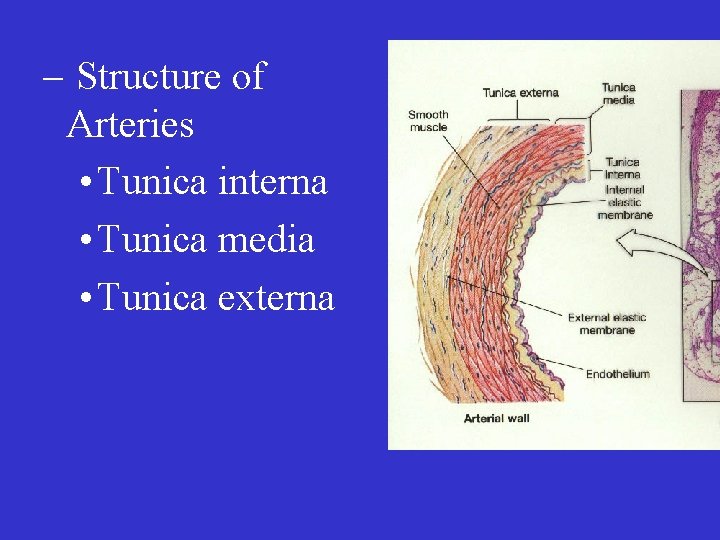
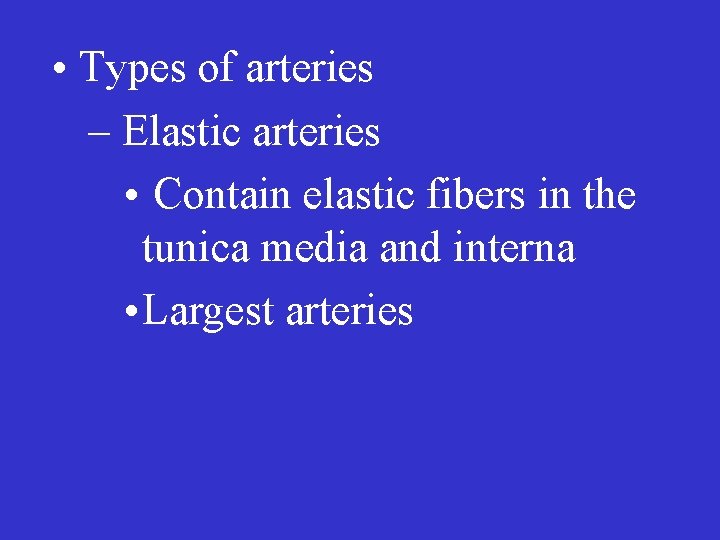


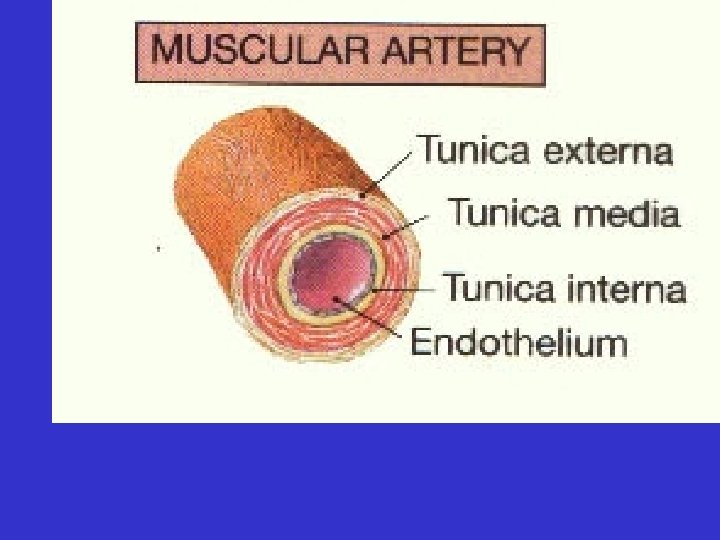
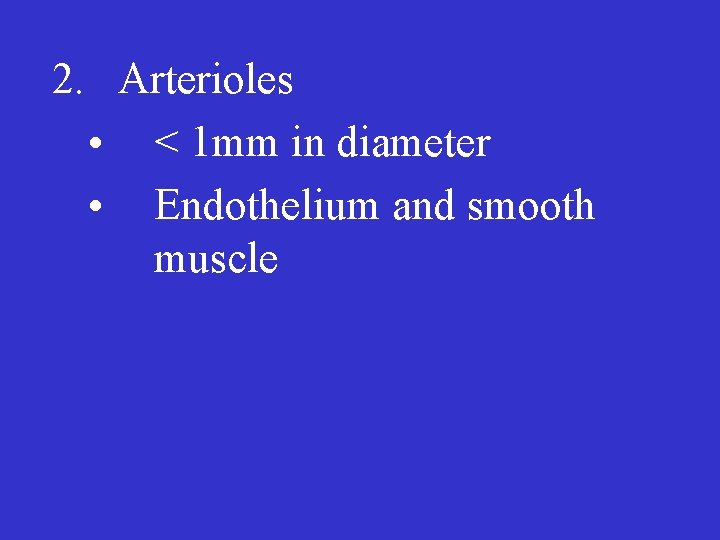
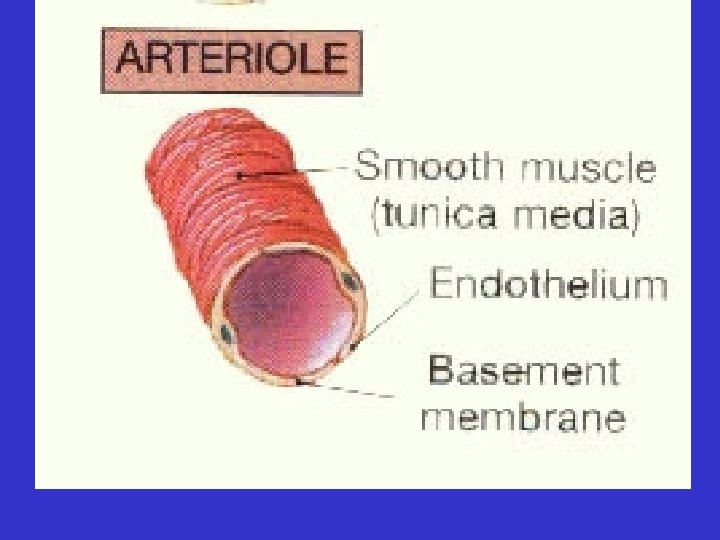
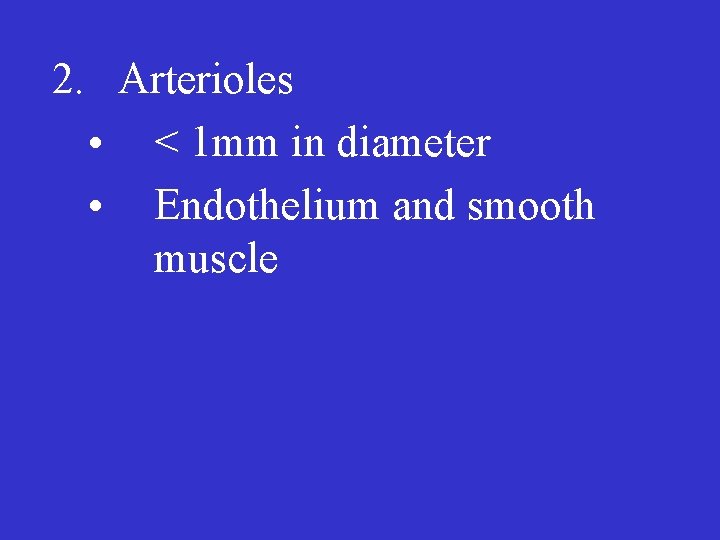
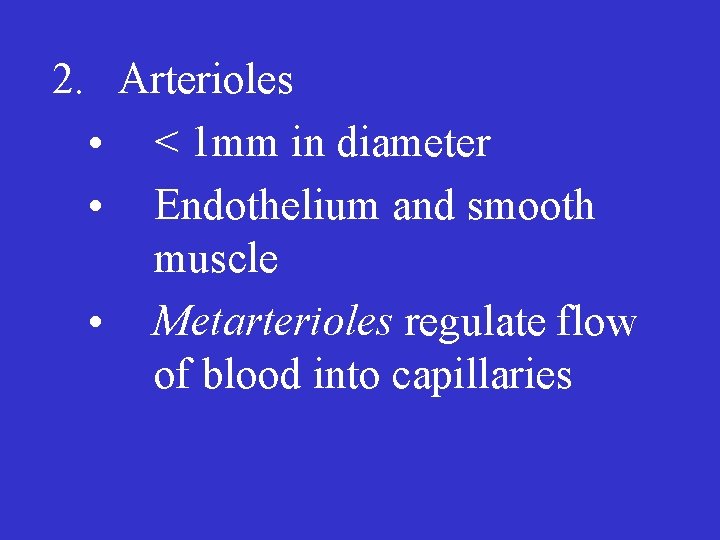
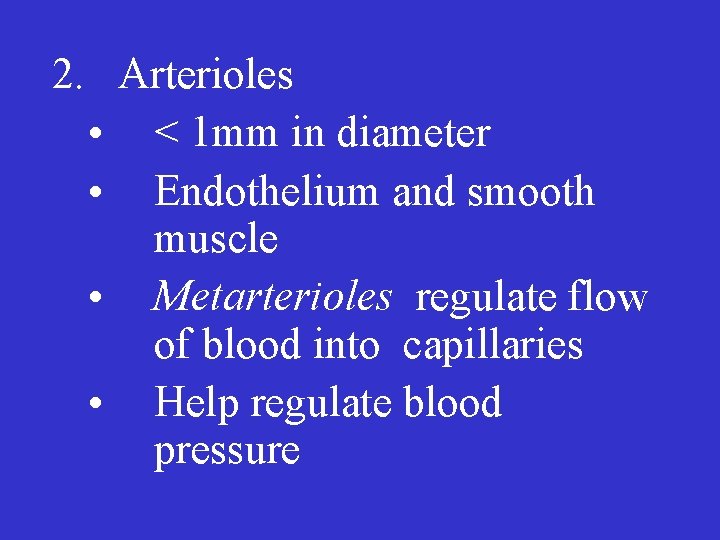
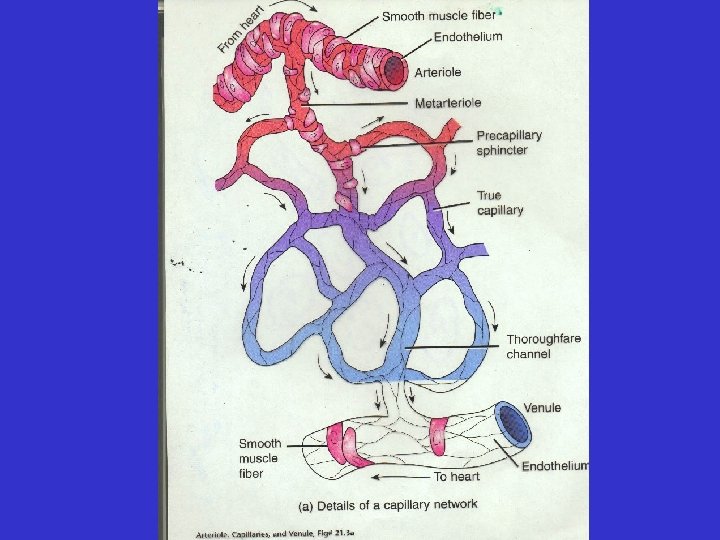


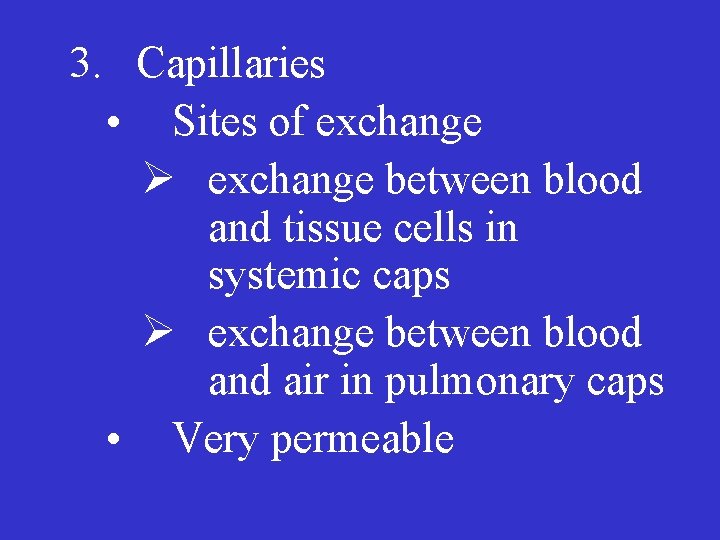
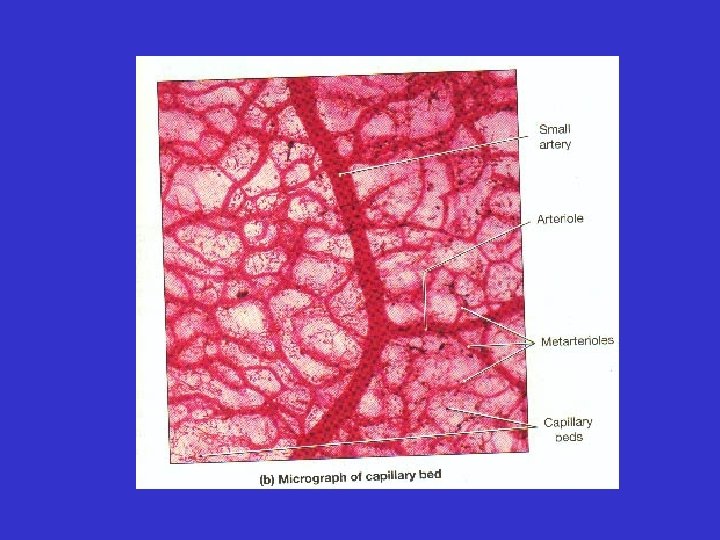
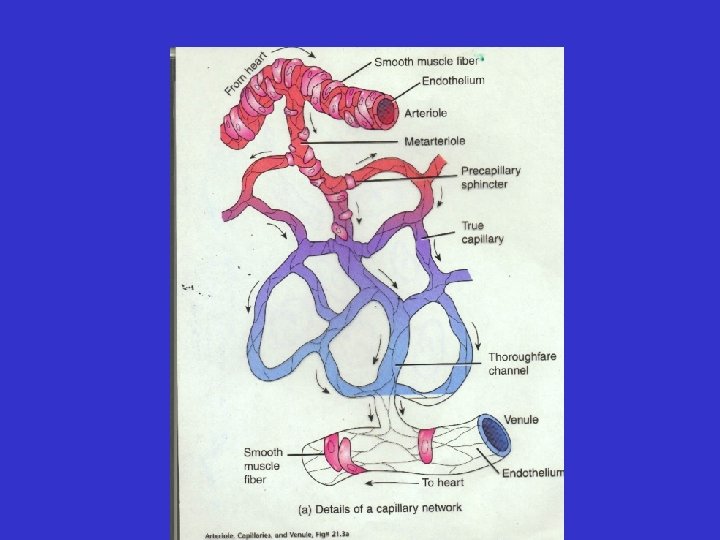
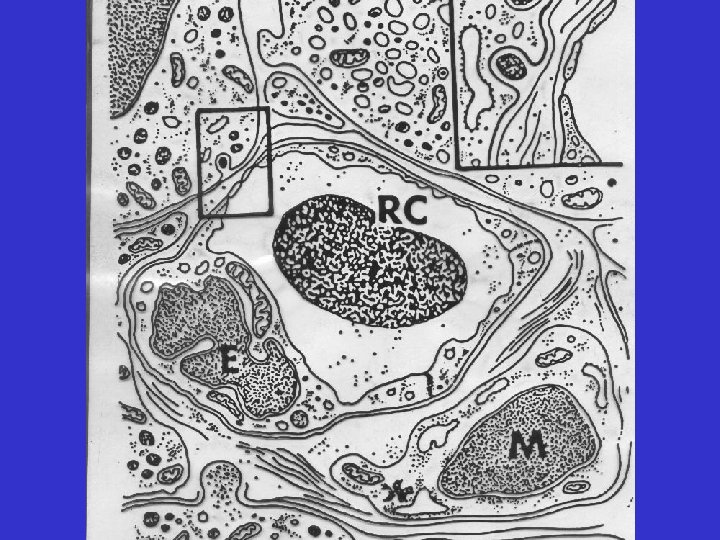

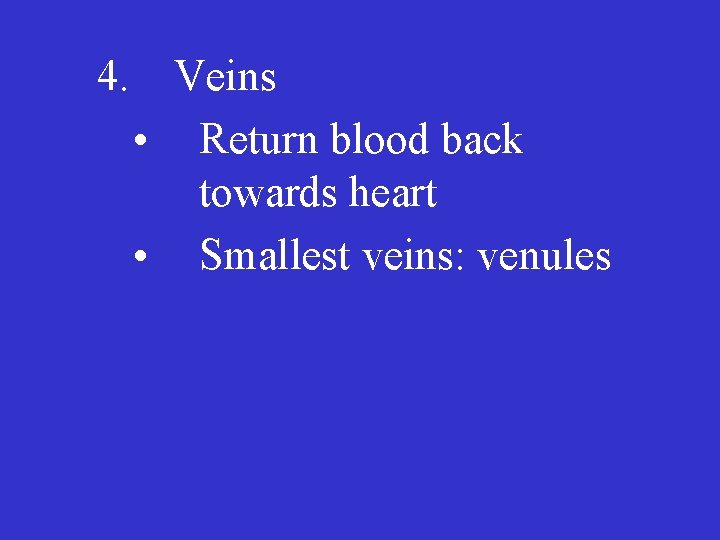


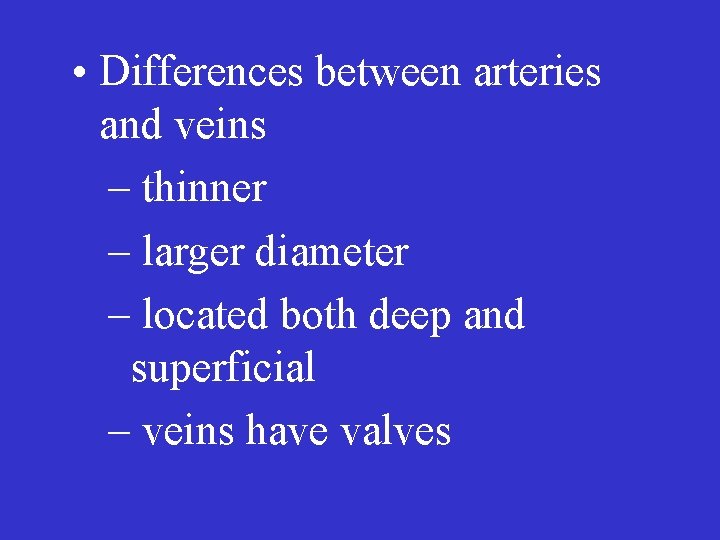




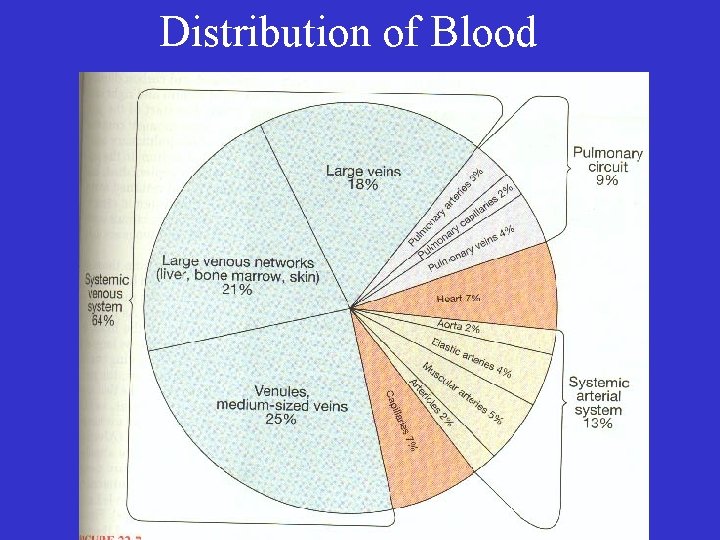
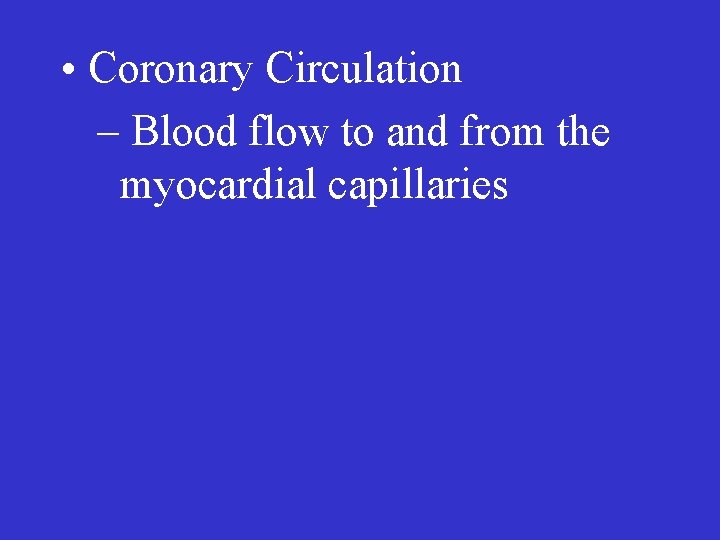
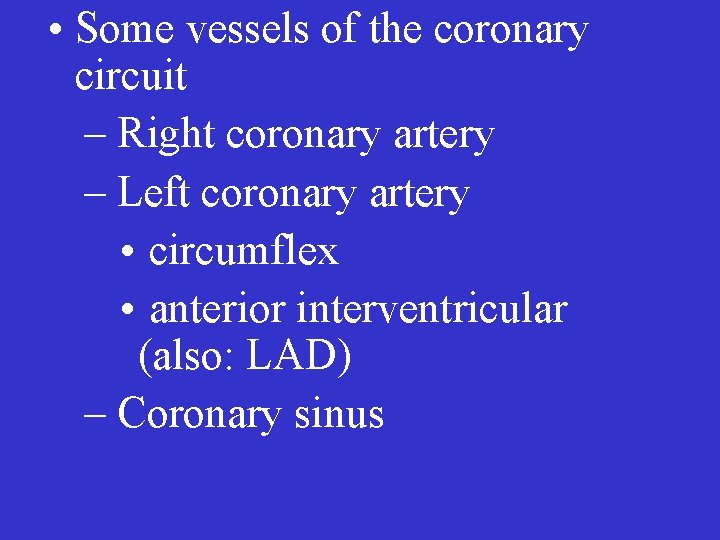




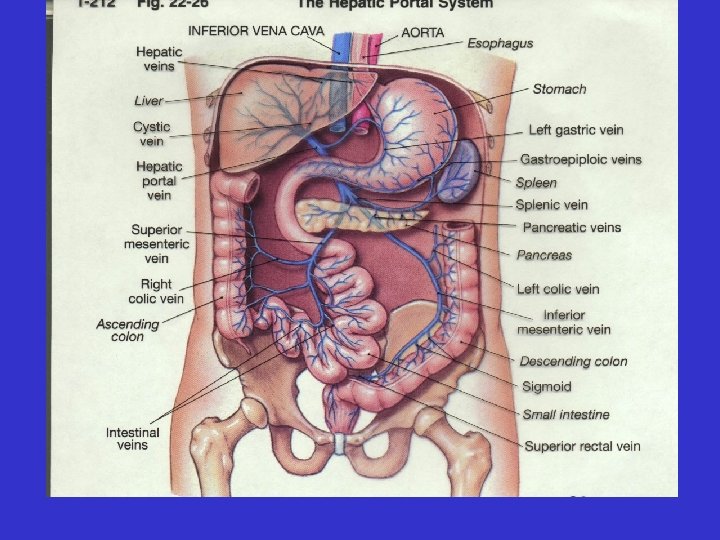
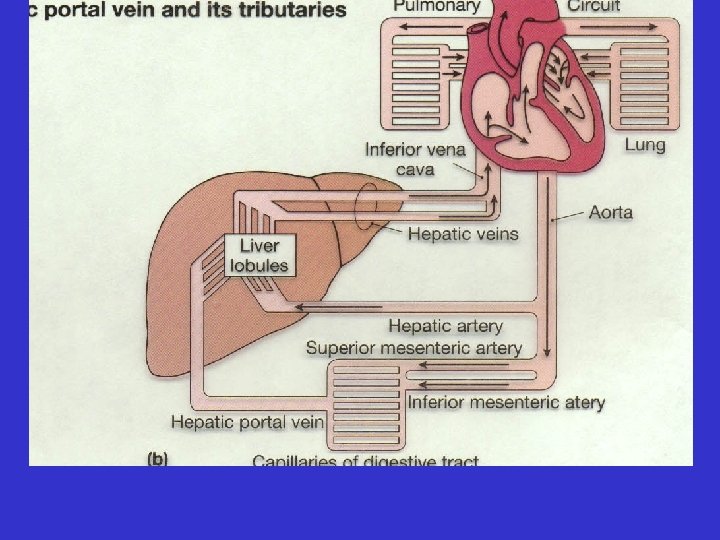


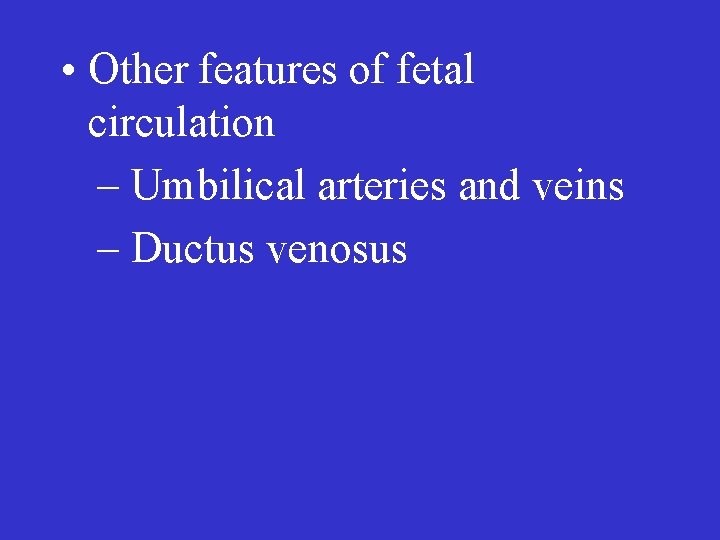
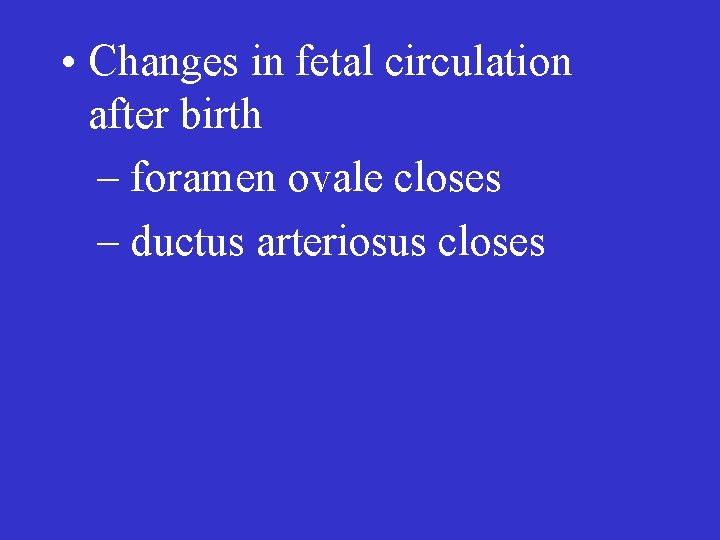
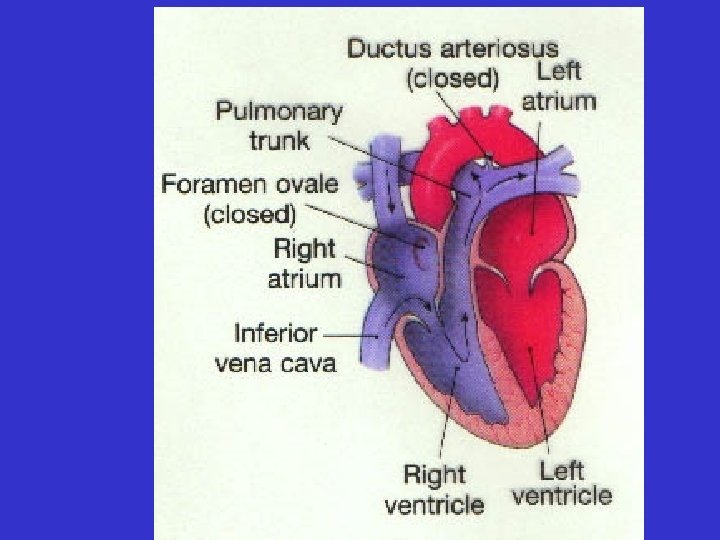
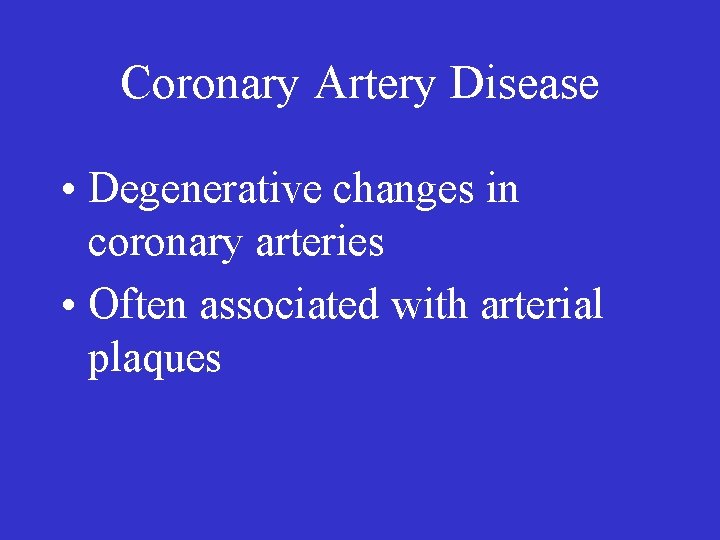

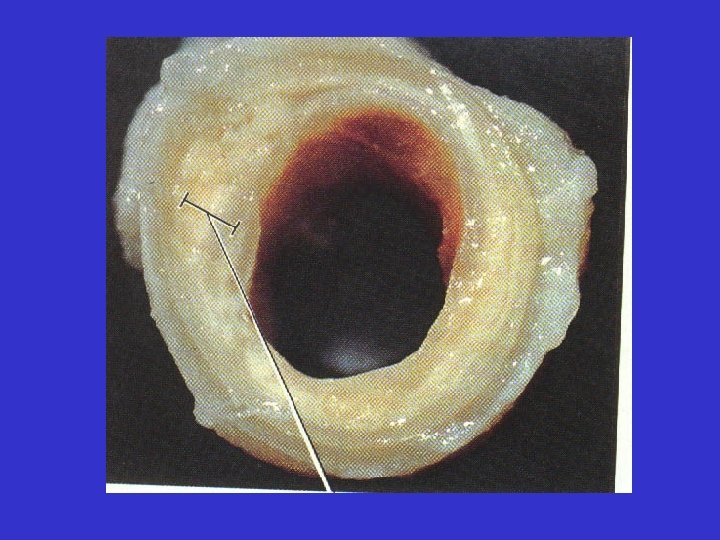


- Slides: 158

Cardiovascular System

Cardiovascular System • Two divisions

Cardiovascular System • Two divisions: pulmonary

Cardiovascular System • Two divisions: pulmonary & systemic

Cardiovascular System • Pulmonary Division –Blood flows from heart

Cardiovascular System • Pulmonary Division –Blood flows from heart to alveolar capillaries

Cardiovascular System • Pulmonary Division –Blood flows from heart to alveolar capillaries and back to heart


Cardiovascular System • Systemic Division

Cardiovascular System • Systemic Division – Blood flows from heart

Cardiovascular System • Systemic Division – Blood flows from heart to all tissue capillaries

Cardiovascular System • Systemic Division – Blood flows from heart to all tissue capillaries (except alveolar capillaries)

Cardiovascular System • Systemic Division – Blood flows from heart to all tissue capillaries (except alveolar capillaries) and back to heart


• Pulmonary arteries carry blood:

• Pulmonary arteries carry blood: High in O 2, low in CO 2

• Pulmonary arteries carry blood: High in O 2, low in CO 2 Low in O 2 high in CO 2


• Heart

• Heart – Location

• Heart – Location: mediastinum



• Heart – Location: mediastinum

• Heart – Location: mediastinum – Size?

• Pericardium

• Pericardium: protective sac surrounding the heart

• Pericardium: protective sac surrounding the heart

• Pericardium: protective sac surrounding the heart –Visceral pericardium

• Pericardium: protective sac surrounding the heart –Visceral pericardium – Parietal pericardium

• Pericardium: protective sac surrounding the heart –Visceral pericardium – Parietal pericardium


• Layers of the heart wall

• Layers of the heart wall – endocardium

• Layers of the heart wall – endocardium – myocardium

• Layers of the heart wall – endocardium – myocardium


• Layers of the heart wall – endocardium – myocardium – epicardium

• Layers of the heart wall – endocardium – myocardium – epicardium (same as the visceral pericardium)


• Chambers of the heart

• Chambers of the heart – Receiving chambers:

• Chambers of the heart – Receiving chambers: atria

• Chambers of the heart – Receiving chambers: atria (singular:

• Chambers of the heart – Receiving chambers: atria (singular: atrium)


• Chambers of the heart – Receiving chambers: atria (singular: atrium)

• Chambers of the heart – Receiving chambers: atria (singular: atrium) –Pumping chambers: ventricles

• Right ventricle

• Right ventricle: pump for the pulmonary circulation

• Right ventricle: pump for the pulmonary circulation • Left ventricle

• Right ventricle: pump for the pulmonary circulation • Left ventricle: pump for the systemic circulation


• “Great Vessels” of the Heart – Aorta – Pulmonary Trunk

Aorta Superior RPA vena cava Inferior vena cava Pulmonary veins LPA Pulmonary trunk

• Heart valves

• Heart valves

• Heart valves: ensure one-way flow of blood through heart

– Semilunar valves

– Semilunar valves • pulmonary semilunar

– Semilunar valves • pulmonary semilunar • aortic semilunar

• Atrio-ventricular (AV) valves

• Atrio-ventricular (AV) valves • tricuspid

• Atrio-ventricular (AV) valves • tricuspid • bicuspid

• Atrio-ventricular (AV) valves • tricuspid • bicuspid (mitral)

• Atrio-ventricular (AV) valves • tricuspid • bicuspid (mitral) Ø Associated with papillary muscles

• Atrio-ventricular (AV) valves • tricuspid • bicuspid (mitral) Ø Associated with papillary muscles and chordae tendinae





• Skeleton of the heart – set of 4 fibrous rings near base of heart


• Skeleton of the heart, con’t. – provides rigidity to prevent the dilation of valves – provides a point of attachment for valves

• Skeleton of the heart, con’t. – electrically isolates the atria from the ventricles. • The A-V bundle (“bundle of His”) is the only electrical connection between the atria and the ventricles

• Path of Blood Flow Through the Heart


http: //www. innerbody. com/ani m/heart. html

• Heart Sounds – 1 st sound (“lub”) • closing of the AV valves – 2 nd sound (“dup”) • closing of the semilunar valves

• Heart Sounds – 1 st sound (“lub”) • closing of the AV valves – 2 nd sound (“dup”) • closing of the semilunar valves

Conduction System of the Heart Sinoatrial node Atrioventricular node AV bundle Bundle branches Purkinje fibers


























• Blood Vessels 1. Arteries 2. Arterioles 3. Capillaries 4. Venules 5. Veins

• All blood vessels are lined with endothelium


1. Arteries • Carry blood away from the heart • Subject to the highest blood pressure


1. Arteries • Carry blood away from the heart • Subject to the highest blood pressure

1. Arteries • Carry blood away from the heart • Subject to the highest blood pressure • Located deep

– Structure of Arteries • Tunica interna • Tunica media • Tunica externa

• Types of arteries – Elastic arteries • Contain elastic fibers in the tunica media and interna • Largest arteries


• Types of arteries – Muscular arteries • Little elasticity • Abundant smooth muscle in tunica media


2. Arterioles • < 1 mm in diameter • Endothelium and smooth muscle


2. Arterioles • < 1 mm in diameter • Endothelium and smooth muscle

2. Arterioles • < 1 mm in diameter • Endothelium and smooth muscle • Metarterioles regulate flow of blood into capillaries

2. Arterioles • < 1 mm in diameter • Endothelium and smooth muscle • Metarterioles regulate flow of blood into capillaries • Help regulate blood pressure




3. Capillaries • Sites of exchange Ø exchange between blood and tissue cells in systemic caps Ø exchange between blood and air in pulmonary caps • Very permeable





4. Veins • Return blood back towards heart • Smallest veins: venules


• Veins have 3 layers like arteries

• Differences between arteries and veins – thinner – larger diameter – located both deep and superficial – veins have valves





Distribution of Blood

• Coronary Circulation – Blood flow to and from the myocardial capillaries

• Some vessels of the coronary circuit – Right coronary artery – Left coronary artery • circumflex • anterior interventricular (also: LAD) – Coronary sinus




• Hepatic Portal Circulation



• Features of fetal heart – Foramen ovale – Ductus arteriosus


• Other features of fetal circulation – Umbilical arteries and veins – Ductus venosus

• Changes in fetal circulation after birth – foramen ovale closes – ductus arteriosus closes


Coronary Artery Disease • Degenerative changes in coronary arteries • Often associated with arterial plaques



